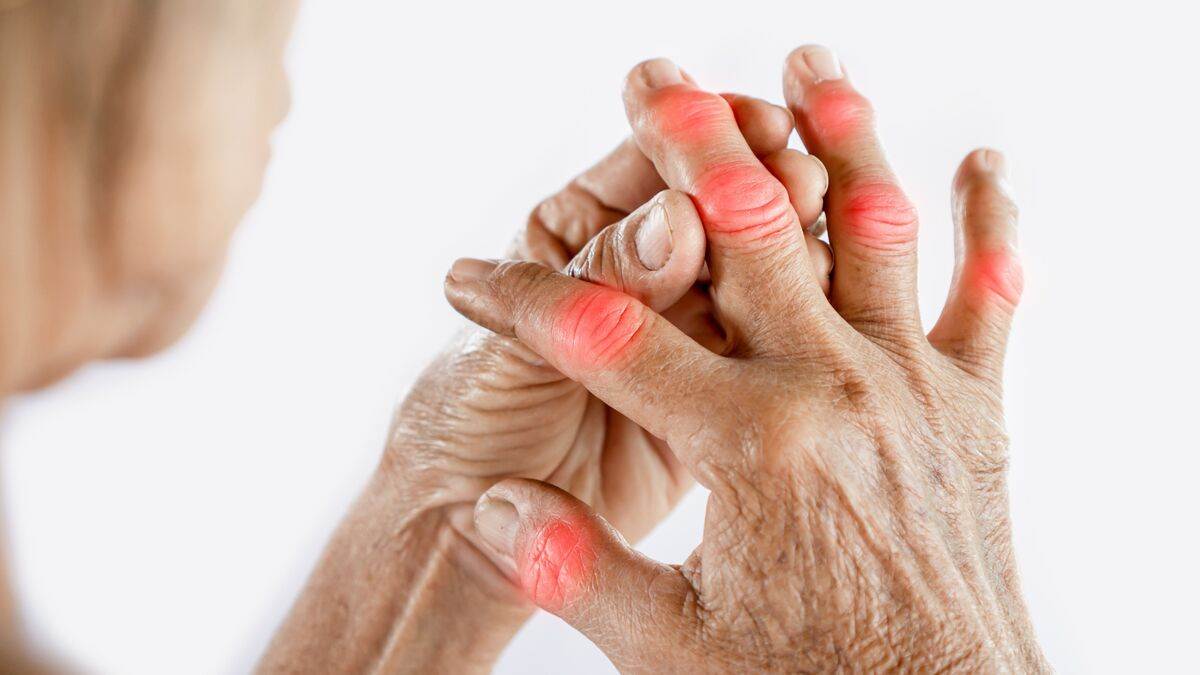
Massage therapy is a form of manual therapy that involves manipulating the body’s soft tissues, including muscles, tendons, ligaments, and fascia, to improve circulation, reduce pain and tension, increase range of motion, and promote a sense of well-being. The “therapy” in massage therapy often references using massage techniques to promote healing, relaxation and overall wellness.
Massage therapy is often used in conjunction with other forms of healthcare to address a range of conditions, including chronic pain, stress, anxiety, depression, sports injuries, and postural imbalances. It can be used as a standalone treatment or as part of a comprehensive care plan that includes exercise, nutrition, and other forms of therapy.
Overall, the term “therapy” in “massage therapy” highlights the focus on using massage techniques to achieve therapeutic benefits for the individual receiving the treatment.

A client assessment is an important component of a massage therapy session as it helps the massage therapist to gather information about the client’s health status, specific needs, and preferences. Here are some reasons why a client assessment is important at the start of a massage appointment:
Understanding the client’s health status: A massage therapist needs to know if a client has any medical conditions, injuries, or allergies that may affect the massage therapy session. This information helps the therapist to modify the massage techniques and pressure to ensure that the massage is safe and effective for the client.
Identifying the client’s specific needs: Each client has unique needs and preferences, and a client assessment helps the massage therapist to understand these needs. For example, a client may have tension in specific areas of the body, or they may prefer a certain massage technique over others. Understanding the client’s needs allows the therapist to customize the massage to achieve the desired outcomes.
Creating a treatment plan: A client assessment enables the massage therapist to create a treatment plan that addresses the client’s goals for the massage therapy session. This plan may include specific massage techniques, the duration of the session, and the frequency of future appointments.
Establishing rapport and building trust: A client assessment allows the massage therapist to establish a rapport with the client and build trust. This is important as it helps the client to feel comfortable and relaxed during the massage therapy session.
Overall, a client assessment is an essential part of a massage therapy session as it helps the massage therapist to understand the client’s needs, tailor the massage to meet those needs, and create a treatment plan that addresses the client’s goals. This leads to a more effective and satisfying massage therapy experience for the client.




